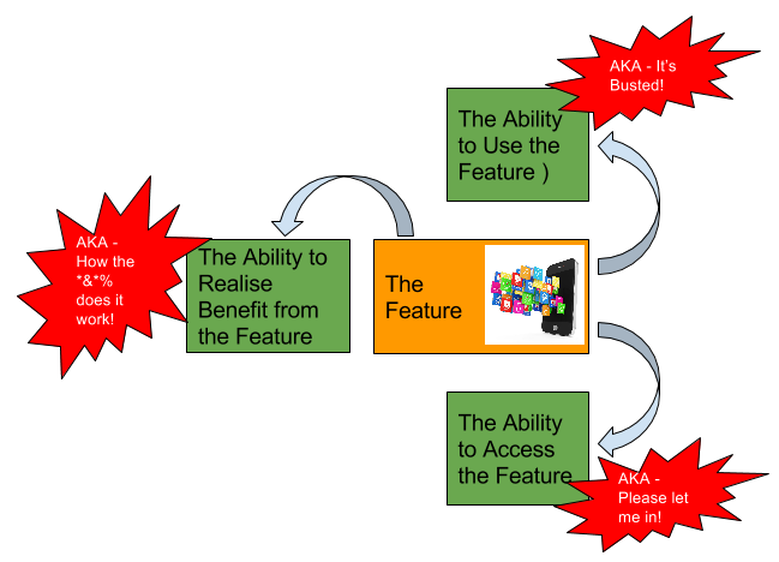
By Duncan Troup on Friday, April 15th, 2016 in The Crowd.
I am about to embark on a consulting engagement for a major brand to review their online community and have been doing some prep by reflecting on the good and bad of communities as a service channel. I went to back to basics with respect to why you should raise a business case for technology such as Lithium.
In the now successful RMIT community it was as simple as this…we took far too many calls in the service center for people asking how to do stuff. This is simply summarized below – we focused on helping customers realize the benefit of RMIT’s infrastructure.
We had other issues with things being “busted” or in accessible – but about 76% were in the “how to area”. That’s bread and butter for a peer service model.
I think that’s why the pioneering role out at RMIT (the first major uni on Lithium – yay!) has started well….because people are OK seeking functional advice on maximizing their experience from peers. Think TripAdvisor etc. When the widget is “busted” or not accessible, communities struggle…because ultimately it always ends up diverting back to the service center and responded to by Customer Service Agent. That’s not eliminating service waste but adding it!
So, if your community has a disproportionate ratio of staff answering questions that only they could resolve, you may have a community with all the signs of a dead donkey.* Its possible you community is too oriented towards things that are broken or inaccessible.
For a community to succeed you must have an experience issue that can be answered by a user’s peers where those peers are both able and trusted to provide that counsel. If you don’t have this, you may end up with an online community where the constructive threads are overwhelmed by frustrated users who thought the community could help but were left stranded and ultimately were referred to the call center anyway.
Food for thought indeed…
← Back




